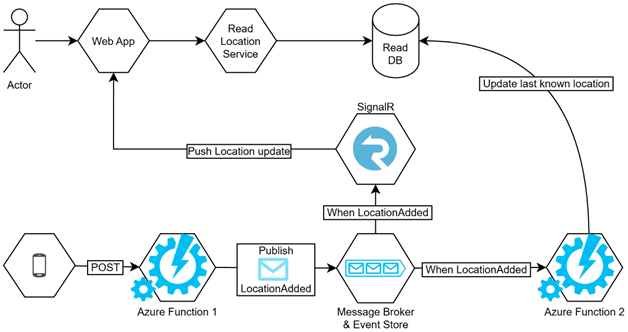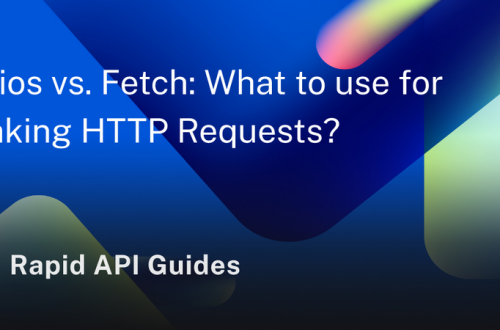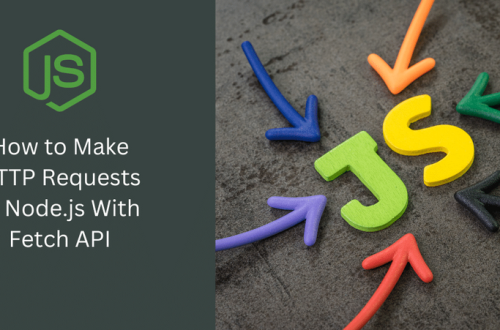The message broker is also the event store in the preceding diagram, but we could store events elsewhere, such as in an Azure Storage Table, in a time-series database, or in an Apache Kafka cluster. Azure-wise, the datastore could also be CosmosDB. Moreover, I abstracted this component for multiple reasons, including the fact that there are multiple “as-a-service” offerings to publish events in Azure and multiple ways of using third-party components (both open-source and proprietary).Furthermore, the example demonstrates eventual consistency well. All the last known location reads between steps 1 and 4 get the old value while the system processes the new location updates (commands). If the command processing slows down for some reason, a longer delay could occur before the next read database updates. The commands could also be processed in batches, leading to another kind of delay. No matter what happens with the command processing, the read database is available all that time, whether it serves the latest data or not and whether the write system is overloaded or not. This is the beauty of this type of design, but it is more complex to implement and maintain.
Time-series databases are optimized for temporally querying and storing data, where you always append new records without updating old ones. This kind of NoSQL database can be useful for temporal-intensive usage, like metrics.
Once again, we used the Publish-Subscribe pattern to get another scenario going. Assuming that events are persisted forever, the previous example could also support event sourcing. Furthermore, new services could subscribe to the LocationAdded event without impacting the code that has already been deployed. For example, we could create a SignalR microservice that pushes the updates to its clients. It is not CQRS-related, but it flows well with everything that we’ve explored so far, so here is an updated conceptual diagram:

Figure 19.32: Adding a SignalR service as a new subscriber without impacting the other part of the system
The SignalR microservice could be custom code or an Azure SignalR Service (backed by another Azure Function); it doesn’t matter. With this design, the Web App could know that a change occurred before the Read DB gets updated.
With this design, I wanted to illustrate that dropping new services into the mix is easier when using a Pub-Sub model than with point-to-point communication.
As you can see, a microservices system adds more and more small pieces that indirectly interconnect with each other over one or more message brokers. Maintaining, diagnosing, and debugging such systems is harder than with a single application; that’s the operational complexity we discussed earlier. However, containers can help deploy and maintain such systems.Starting in ASP.NET Core 3.0, the ASP.NET Core team invested much effort into distributed tracing. Distributed tracing is necessary to find failures and bottlenecks related to an event that flows from one program to another (such as microservices). If something bugs out, it is important to trace what the user did to isolate the error, reproduce it, and then fix it. The more independent pieces there are, the harder it can become to make that trace possible. This is outside the scope of this book, but it is something to consider if you plan to leverage microservices.

